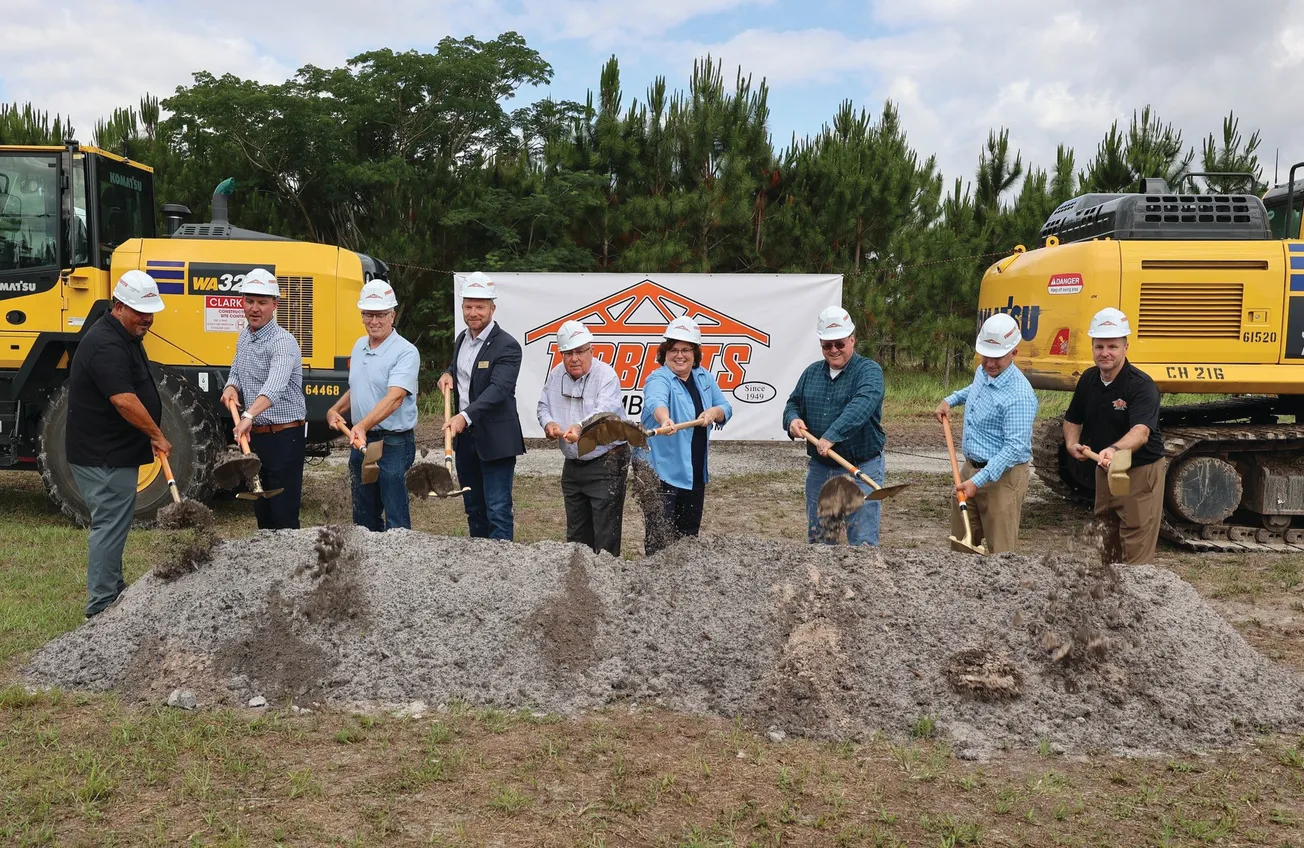Table of Contents
I sold lumber the wrong way for seven years. I was a stubborn know-it-all. My redeeming grace was that I worked hard. I was raised to think that hard work conquers all. Hard work will win us many battles and will keep us out of the poorhouse, but hard work alone will not take us to the top of the sales world. Doing sales, the right way is still a challenge, but we make four times as much money and often more doing sales the right way. Below are common sales mistakes and their better way counterpart.
The Greeting
Most sellers are either cold, nervous or at best professionally polite in their greeting. What works better is a warm, open greeting with everyone we meet. Rapport is built in the first 14 seconds. We don’t get to decide where to place those 14 seconds, it’s the first 14. A lot of us would like to “warm up a bit” before we start being warm and charming. This is natural, but sales doesn’t care. If we are warm, open, and charming in the first 14 seconds, more of our calls will go the way we want them to.
Discovery: The Prospect Call
Our first call has more to do with how successful we will be than any other call. Master Sellers plan and control their prospect calls. Most sellers don’t prospect enough and when they do their calls are unfocused and controlled by the customer. Since the potential customers control the calls, they are all different and unpredictable, which is frustrating for both the seller and the buyer. Most sellers get vague information on the prospect call, which causes the second call to be sub-par also. This sends the message that the seller is a bad listener and doesn’t care. Digging out of the “Two Bad Calls in a Row” hole slows the growth process. No wonder most sellers don’t like to prospect!
The Master Seller controls their prospect calls. They know exactly which questions they are going to ask and in which order. The prospective customer feels this and is much more amenable. Humans want to be led and Master Sellers lead. They get all the necessary information so on the second call they offer the customer something they use, not something “kinda close.” This starts all their relationships on a much more positive note and leads to doing business and doing it faster.
Inquiry/RFQ
The paradigm in sales is “Thanks for the number/proposal, I’ll let you know.” Most sellers fall victim to this approach, while Master Sellers fight it.
Inquiry – The Wrong Way
Customer: “Okay, Pete, thanks for all this work. I really appreciate it. I’ll look this over and get back to you”
Pete: “Great, we’ll talk soon.”
Inquiry – The Right Way
Customer: “Okay, Susan, thanks for all this work. I really appreciate it. I’ll look this over and get back to you.”
Susan: “Great, let’s go ahead and put these together. Do you want to stick with three or should we put five on total for extra insurance?”
Customer: “Well, Susan, I’ve got to shop this a little more, but I’ll get back to you.”
Susan: “Bob, this really is a great deal. We both know it. You could shop it and maybe save a couple bucks, probably not, but we could also lose the coverage and that will cost more than any possible gain, so why don’t we just put them on now? What are your order numbers?”
Closing
Most sellers present product and wait for the customer to buy. For example:
Quotron: “Good morning, John. I’ve got an ABC stud I can get into you for #350/MBF.”
Master Seller: “Good morning, John, I’ve got a great deal for you on some studs. We picked up a block out of ABC and we’ve already sold a couple. How many can you use?”
Customer: “What’s the price?” (Now the customer is engaged.)
Master Seller: “That’s the best part John. We can get these into you at $350/MBF, which is a below-market price for that stud. Why don’t we put on three?”
Customer: “I don’t need three, but I’ll pick up two. Here are my order numbers.”
Sales done correctly does not guarantee success every time. It does guarantee success much more often.









